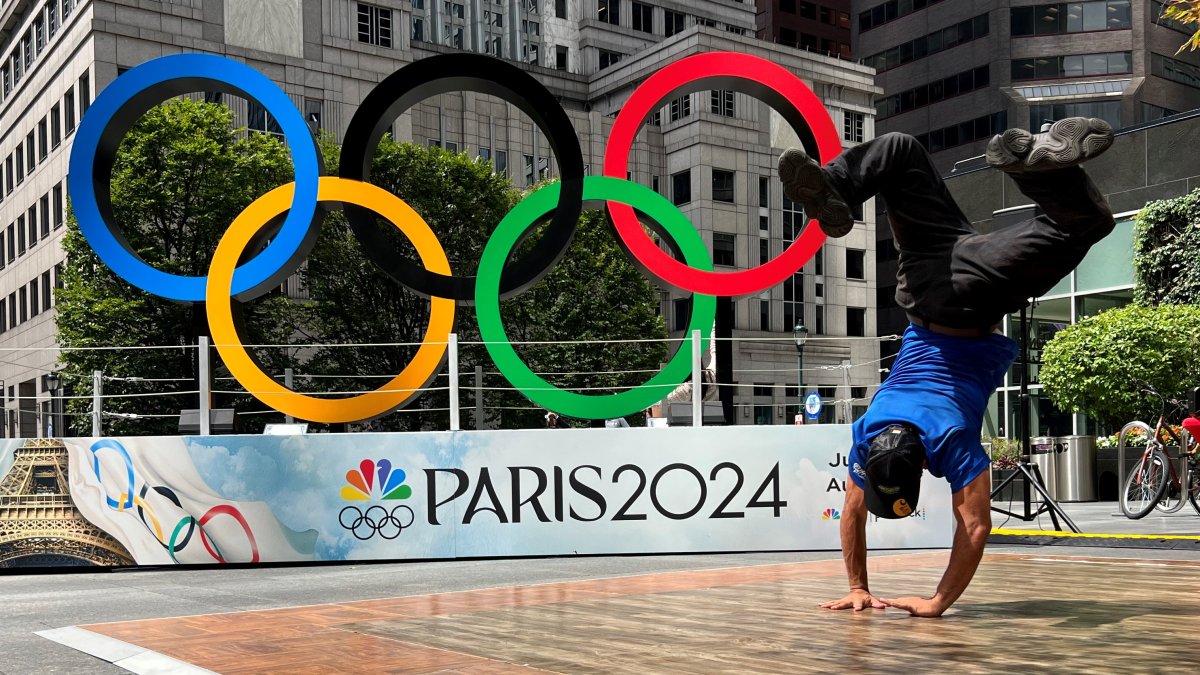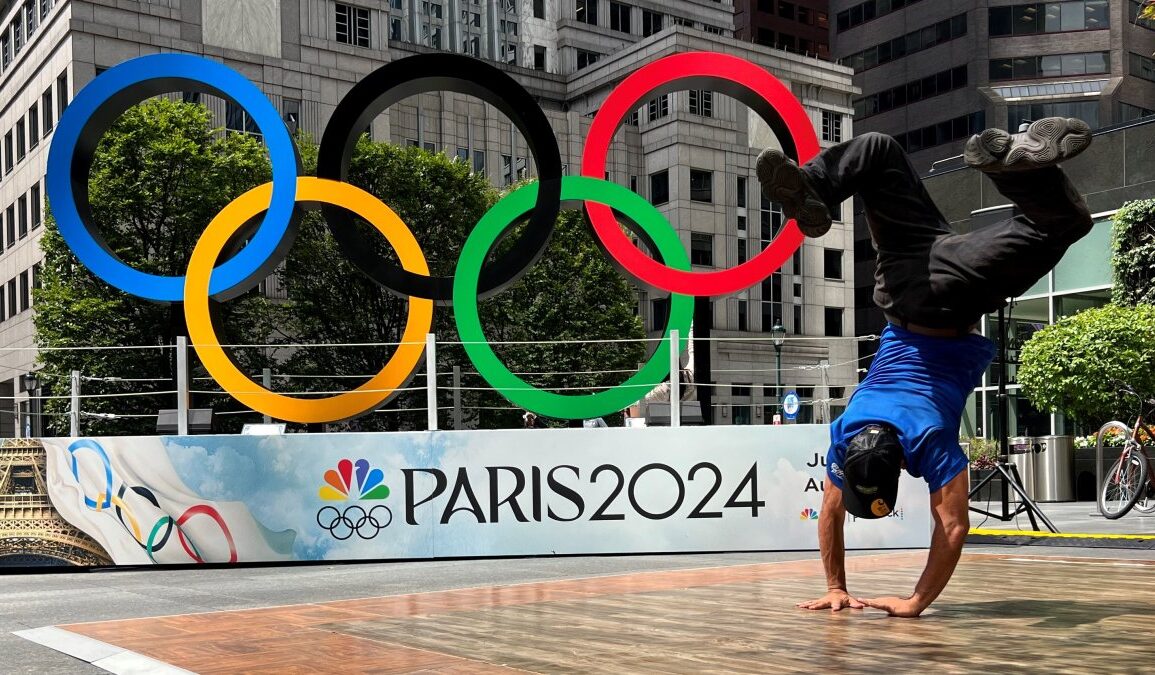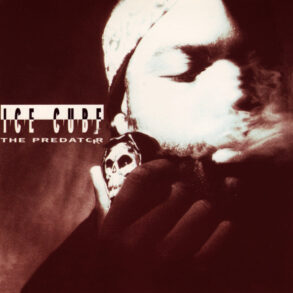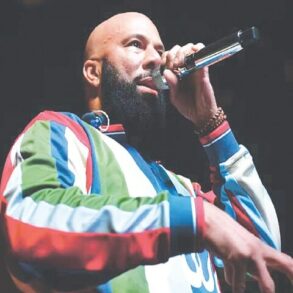
Breaking, more commonly known as breakdancing, is making its grand debut as an Olympic sport in Paris.
Breaking’s roots can be traced to the Bronx where it emerged in the 70s from Black and brown youth and has since expanded to a multi-billion dollar global industry.
This dance form is known for its athleticism and is closely tied to hip-hop culture, characterized by a combination of athletic moves (think spins and flips).
The dance spread across the world and international competitions began in the 1990s.
In the basement of a sports complex in Paris, dozens of breakers, gathered almost every weeknight in July to freestyle. They warmed up with footwork – “toprocking” – and catching the beat before diving into floor moves. Samy Vongphrachanh, 19, was cheered on by a peer when he took risks and encouraged when he couldn’t quite land a power move.
They are part of Paris’ local breaking and hip-hop community.
“We come, we chill, we cypher – it’s like the main essence of breaking,” said Vongphrachanh, referring to the informal circle formed by breakers in which they enter one by one to dance and battle. “It’s sharing peace, unity, love and having fun.”
Breaking is making its Olympic debut Friday with women’s breaking, which gets underway at 10 a.m. ET with qualifying rounds. Men’s breaking will take place Saturday.
USA represented by New York’s own Sunny Choi
One of the B-Girls who will be participating is New York’s own Sunny Choi.
The Queens, New York, native who spent time in Philadelphia at the University of Pennsylvania participating in breaking as the sport makes its Olympic debut isn’t lost on her.
The sport (and dance form) has made big strides to spin its way to this point.
“I have so much gratitude and pride to be able to represent for our community,” Choi told reporters in Paris.
“We came from the streets in Black and brown communities,” the 35-year-old American told reporters. “Breaking has really kind of globalized and now we have this extremely beautifully-diverse world.”
Choi explained that part of the popularity of breaking, comes from the fact that it is more accessible compared to other sports that could be costlier to practice.
“Breaking is a lot more accessible than a lot of other sports and art forms that are out there, you really just need a dance floor, some music,” Choi said.
Breaking at the Olympics: How will it go down?
Judges at the Olympics will score B-Girls and B-Boys based on the Trivium judging system, which scores breakers on creativity, personality, technique, variety, performativity and musicality. The scores can fluctuate throughout the battle, based on how breakers respond to their opponents.
In all, 32 breakers – 16 women and 16 men – will compete over two days, Aug. 9 and 10, at the iconic Place de la Concorde, a public square in Paris that is being transformed into an open-air stadium for the Olympics. The outdoor venue is meant to be a nod to the culture of street battles in breaking.
The Paris Games could be their only shot at an Olympic medal — breaking won’t be one of the sports at the Los Angeles Games in 2028.
Here is the list of B-Boys and B-Girls who will participate in the qualifying battles.
This post was originally published on this site be sure to check out more of their content.









